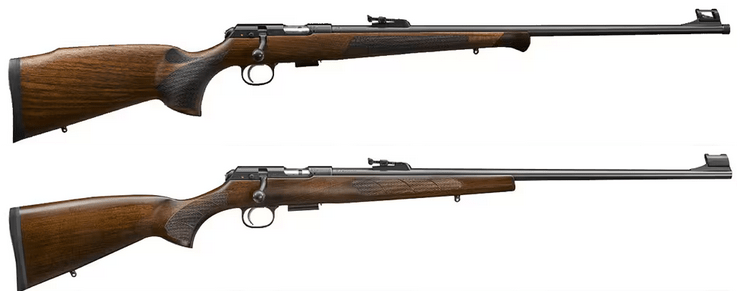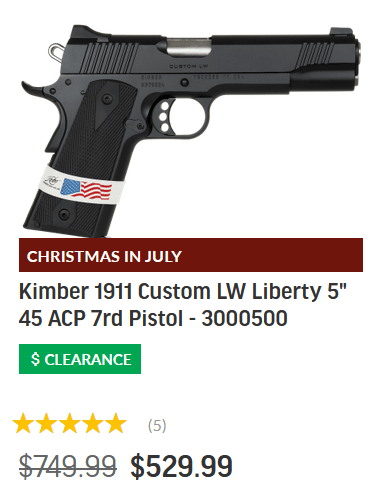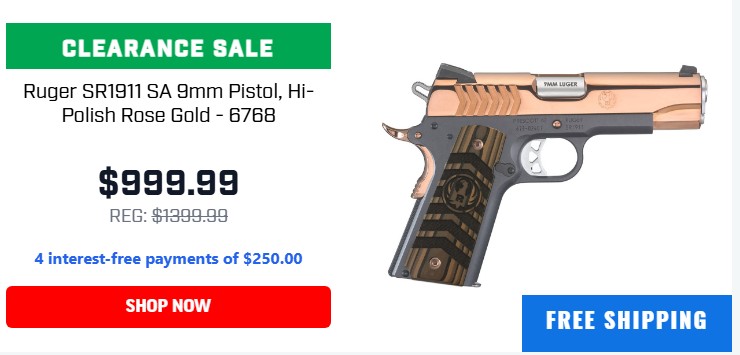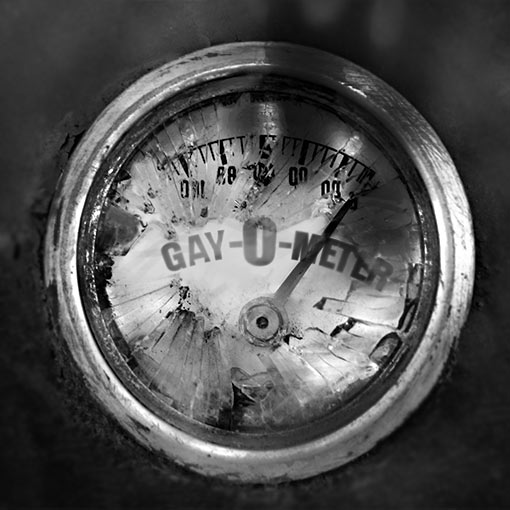Yesterday I talked about shooting rimfire .22 ammo in my old age, and specifically the rifles with which to do so. Well, I promised to talk about the handgun options for the same purposes, and here we are.
I wrote about the pleasures of shooting single-action revolvers some time ago (feel free to go there first to refresh the memory), and specifically, the guns I have already acquired to take care of this need. Here they are, the Ruger Single-Six Brothers:
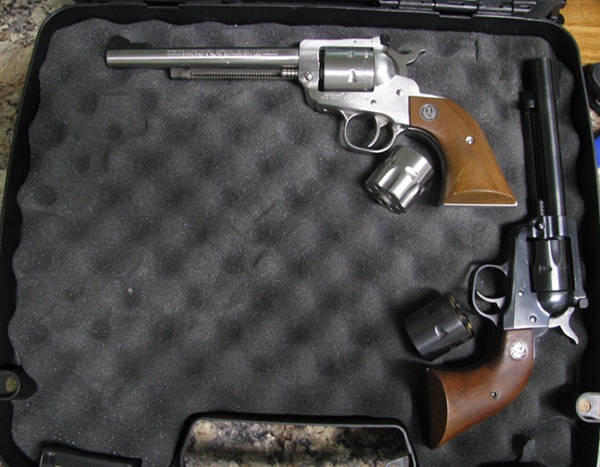
(Before anyone asks, I have one in stainless and the other in blue so I can remember which is loaded with which ammo: SS .22 Mag, Bluey .22 LR. That way I don’t have to mess with swapping out the cylinders.)
But what if I want to eschew the hassle of ejecting and reloading the piece one round at a time? We all know what that means: double-action revolvers.
Here’s where I have to admit to a shortcoming, so to speak. Also some time back, I talked about the exquisite S&W Model 48, which is chambered in .22 Mag (once again, feel free to go back in time thence to read my lament at not owning one). In the Comments to the post, Reader Velocette had this to say:
You too have EARNED the right to make yourself happy. So DO it.
Well, it took me a while, but:
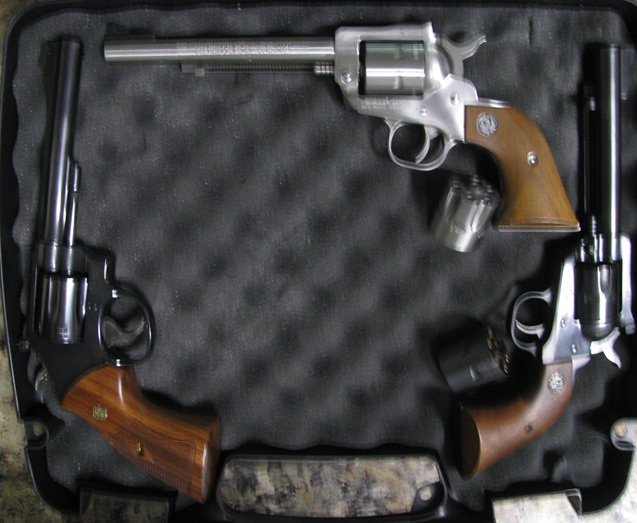
…and allow me to say that with the gun case thus almost-filled, I have had many an enjoyable, nay blissful range session since.
But now we come to the problem: Alert Readers will notice a gaping hole in the Gun Case Of Bliss, namely, that there is a distinct lack of a .22 double-action revolver in the space provided. Here’s what it should look like (with a .38 revolver for illustrative purposes only):
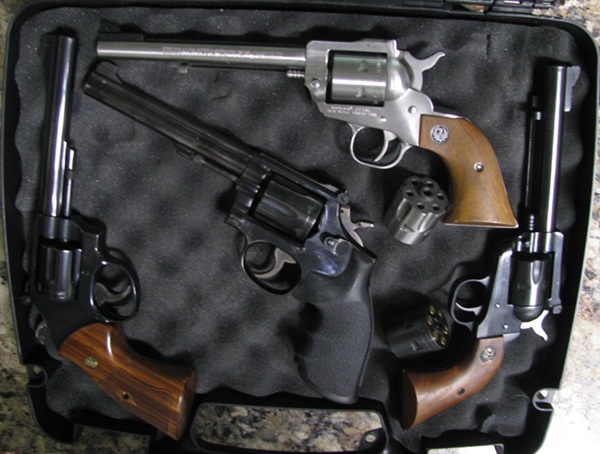
…but it leaves me with but one more job: to pick a decent .22 DA revolver for the task.
Naturally, my first choice is a S&W Model 17 with a 6″ barrel:

…which is dreamy, but its street retail price of just over a grand (!!!!!) pretty much relegates it to “dream” status. I have no cash, in other words, to fund this little dream.
However: if there’s a Reader out there who happens to have a Model 17 as above* in decent nick and would entertain a swap for some boomstick of equal desirability… email me and let’s talk. (As always, north Texas Readers will get preference so the exchange can be made in the time-honored Texas fashion.)
And before anyone asks, yes I have the “.22 semi-auto” option already covered, thankee.
*The Model 63 stainless would also be perfectly acceptable.
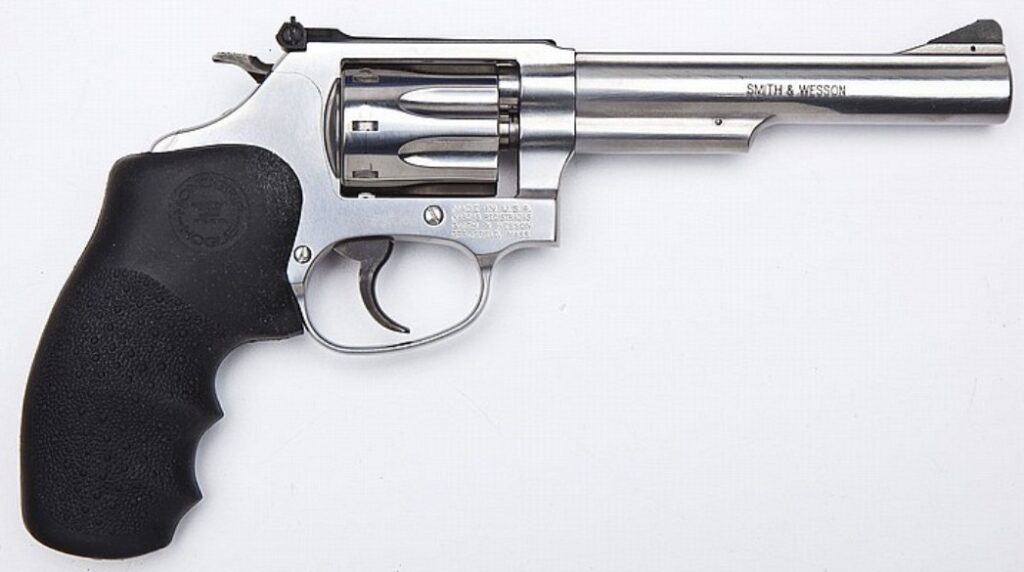
So hie thee to thine Gunne Sayfes, and let me know.


